Of the noisy brigade of Italian artists in Paris, eager to break away from tradition to renew the Italian culture of that time, Umberto Boccioni, extravagant with his perfectly creased trousers and socks of different colors, was certainly the most lively and impetuous.
Marinetti was his spark, managing to ignite in him that vital spirit that defined his personality, that desire to break and find new ways to create a modern, contemporary language.
When, in 1912, Boccioni and his Futurist colleagues exhibited at the Bernheim Jeune Gallery in Paris, holding their brushes, they found themselves challenging, right up to the last stroke of color, their French colleagues, first of all the Cubists, at home. This challenge was actually a mutual exchange. The art historian Ester Coen explains this well, whose contribution is one of the precious interventions that enrich the documentary from the title FORMIDABLE BOCCIONI available exclusively on ItsART.
Written by Eleonora Zamparutti and Piero Muscarà under the direction of Franco Rado, produced by ARTE.it Originals in collaboration with ITsART and Rai Cultura, the documentary traces, 140 years after his birth, the life and works of the restless artist, first actor of Futurism, who devoted his career to inventing a new contemporary language to express modernity in painting and sculpture.
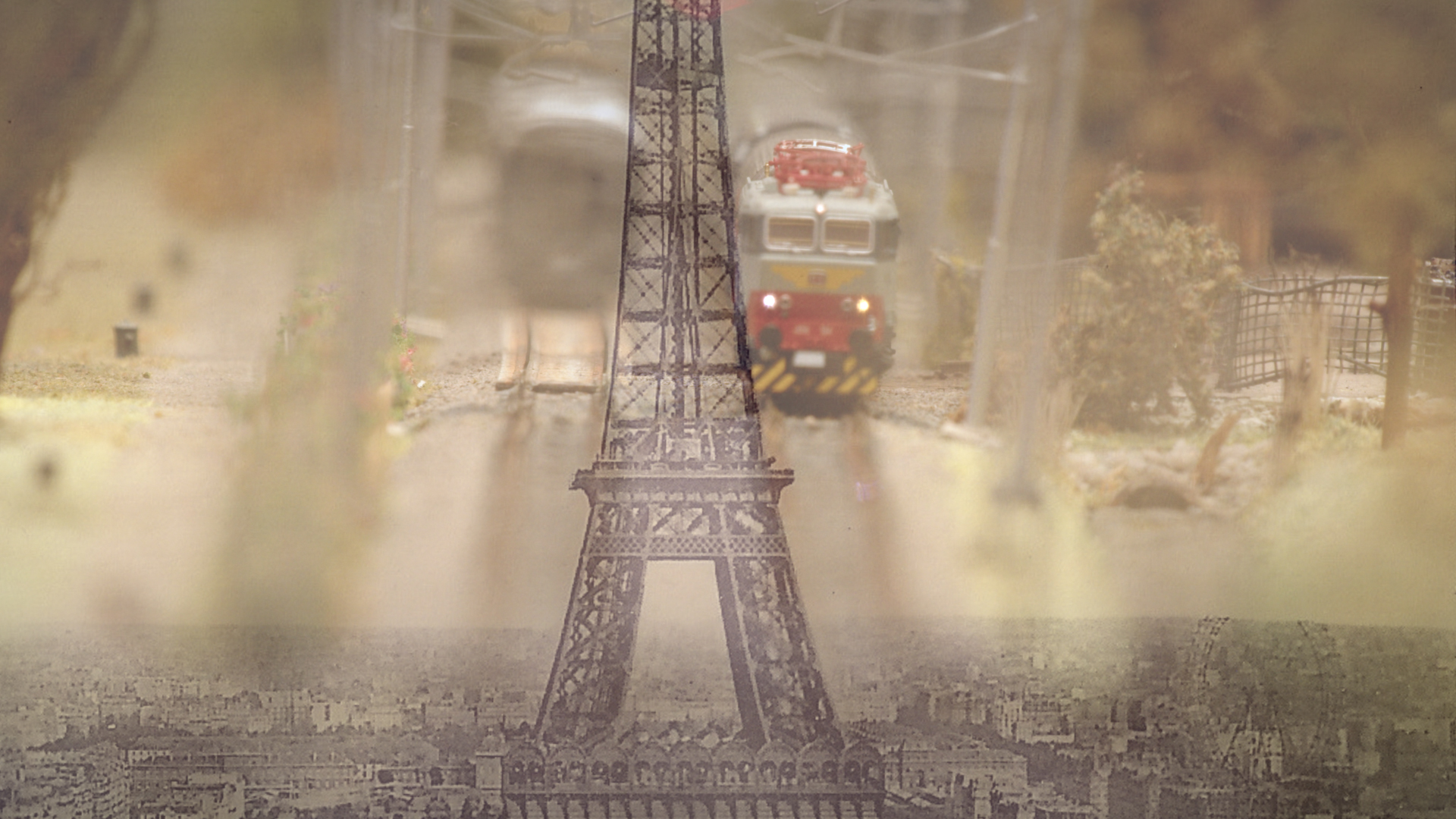
Frame from Formidabile Boccioni | © ARTE.it
“When the Futurists, in February 1912, exhibit at the Bernheim Jeune Gallery – says Ester Coen – their violent charge is very strong, because they have to oppose an art system that is already well defined, and that is to that French painting that , from Impressionism onwards through Cézanne, had arrived at those consequences of pictorial diversification. The violence, even physical, with which the futurists burst onto the Parisian scene is certainly a way to create interest ”.
What is it that differentiates Futurism from Cubism?
“Certainly the futurist ideal, that is to want to represent the essence of movement, dynamism, speed shown in a static dimension, to be able to go beyond that static vision of the painting”.
How are the Futurists opposed to the Cubists?
“According to Boccioni and the Futurists, the Cubist vision is a firm, static vision, where the object is analyzed in all its proportions according to a three-dimensional vision. The object is fragmented and reassembled within the surface, but it is always a vision linked to a stationary object that belongs to a physical reality. What the futurists, and in particular Boccioni, try to represent through a different luminosity, therefore through a fragmentation of light and not through the volumetric fragmentation of the object, is instead this sense of energy, this dynamic charge, this vital charge that must expand right from the subject and occupy the whole reality of the surrounding environment “.
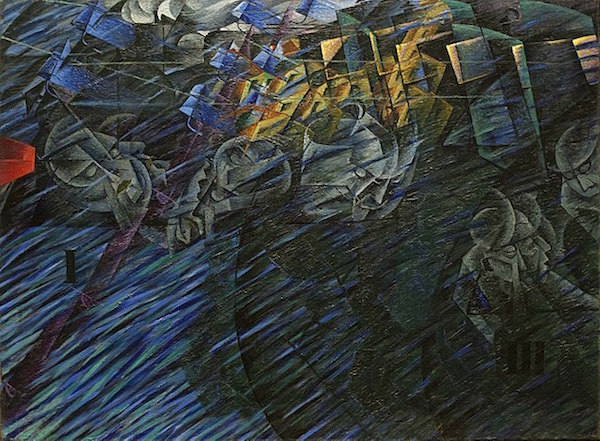
Umberto Boccioni, States of mind: Those who depart, 1912. Museum of Modern Art, New York
When Boccioni goes to Paris he meets Picasso (apparently he frequented his studio). What idea did she have of him?
“Boccioni meets Picasso in Paris, but he also meets all the characters of the Parisian art scene. Picasso, together with Braque, is an almost mythical figure. Together they represent that initial force of breaking a pattern that still belongs to the past. Boccioni recognizes Picasso’s desire to break with the past, recognizes the greatness of this artist and the greatness of the first cubist phase to which Picasso and Braque are linked “.
And what is it that Boccioni reproaches Cubist painting with?
“The fact of not going beyond the objective reality of the real world. Boccioni accuses the Cubists of recreating a parallel world, but which is not really very different from the real one. He reproaches for not going beyond the object, for not creating an abstract vision of reality. The Futurists, on the other hand, insist on the appearance of the dynamic lines of force, which destroy the external vision of the object and of the human figure. The search for universality by Boccioni and the futurists is undoubtedly also linked to the new scientific research of the time, think for example of Bergson, Einstein’s theory of relativity, the discovery of the first studies on the atom, the studies on X-ray”.
So Boccioni doesn’t just throw away all of the cubist painting. Some element makes it about him …
“Apollinaire, in the first article he writes after meeting Boccioni, tells of having met this artist who is painting the theme of the stations … It will be the first phase of Moods, that sort of triptych that Boccioni painted between 1910 and 1911 and of which we know two versions, the first I would say almost expressionist where it is the brushstroke that guides the sense of direction of the lines. Instead in the best known version, today at the Museum of Modern Art in New York, there was a look at cubism from which Boccioni derives some elements, but he is already beginning to define his ideas on futurism. Here we see that, both from a formal and stylistic point of view, Boccioni learns some elements from Cubist painting, but at the same time he is already beginning to define in a very clear way what his ideas on futurism are “.
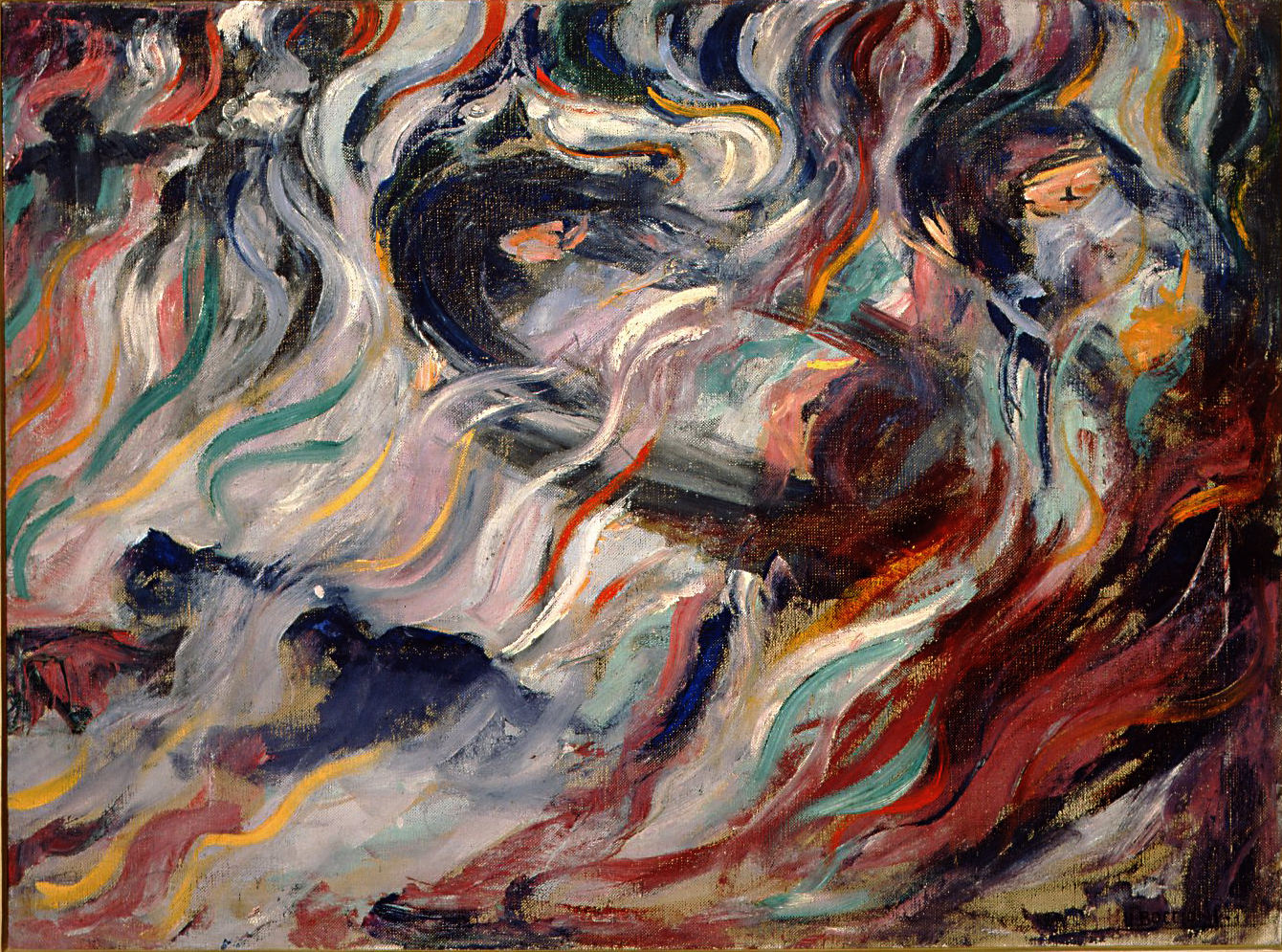
Umberto Boccioni, States of mind – Farewells, 1911, Oil on canvas, 71 × 96 cm | Photo: Carrà | Courtesy of Museo del Novecento, Milan
On the other hand, in the second version of Stati d’animo Boccioni manages to define his idea …
“The second version of the Moods it is the most complex and complete one in which Boccioni manages to define his idea. In the first painting, which is the one related to the departure, we see very confused lines that go in all directions. This sense of circularity of lines of force gathers characters who embrace within the station. In the center we see the locomotive with the numbers, there are very bright colors, very bright reds, greens, blues. They emphasize the confusion of the moment when people part ways on the station platforms. In the second painting, Those who go, people are already on the train and therefore what prevails is this sense linked to the linearism of the perspective that Boccioni wants to give, a diagonal departure with faces cut by the speed of the train’s movement, and with blue to define the sense of melancholy of this departure. The third painting, Those who remain, depicts the people on the platform, now detached from those who have already gone. The vertical lines make this idea of who is still there on the track well. And the green creates this mood of abandonment “.

Umberto Boccioni, States of mind: Those who remain, 1912. Museum of Modern Art, New York
Boccioni or Picasso? Who won the challenge in the twentieth century?
“Both, but in a very different and extraordinary way. If Picasso tries to get out of reality to create a different dimension, to give an objective charge and for a phenomenological study of reality, Boccioni, although perhaps further behind from a pictorial-stylistic point of view, is the one who has a greater vital charge. . That theoretical dimension that belongs to futurism, that search for an ecstasy of the modern, as the futurists define it, is perhaps more modern than that of Picasso ”.
And Paris? Were you ready to welcome the Futurists?
“Paris was more than ready to welcome the Futurists even if it puts itself in a more defensive position towards them. The city was teeming with research of all kinds around Cubism. Mondrian, Diego Rivera were all there to try to find new forms of expression through Cubism. The Futurists arrive in Paris with all possible weapons to try to scratch the border that the Cubists and the whole Parisian environment had set. And this is precisely a central reason for the Futurists to sharpen their weapons and increase their violence, that impetuousness that they also stage in Italy in theaters, to gain a hold on the public ”.
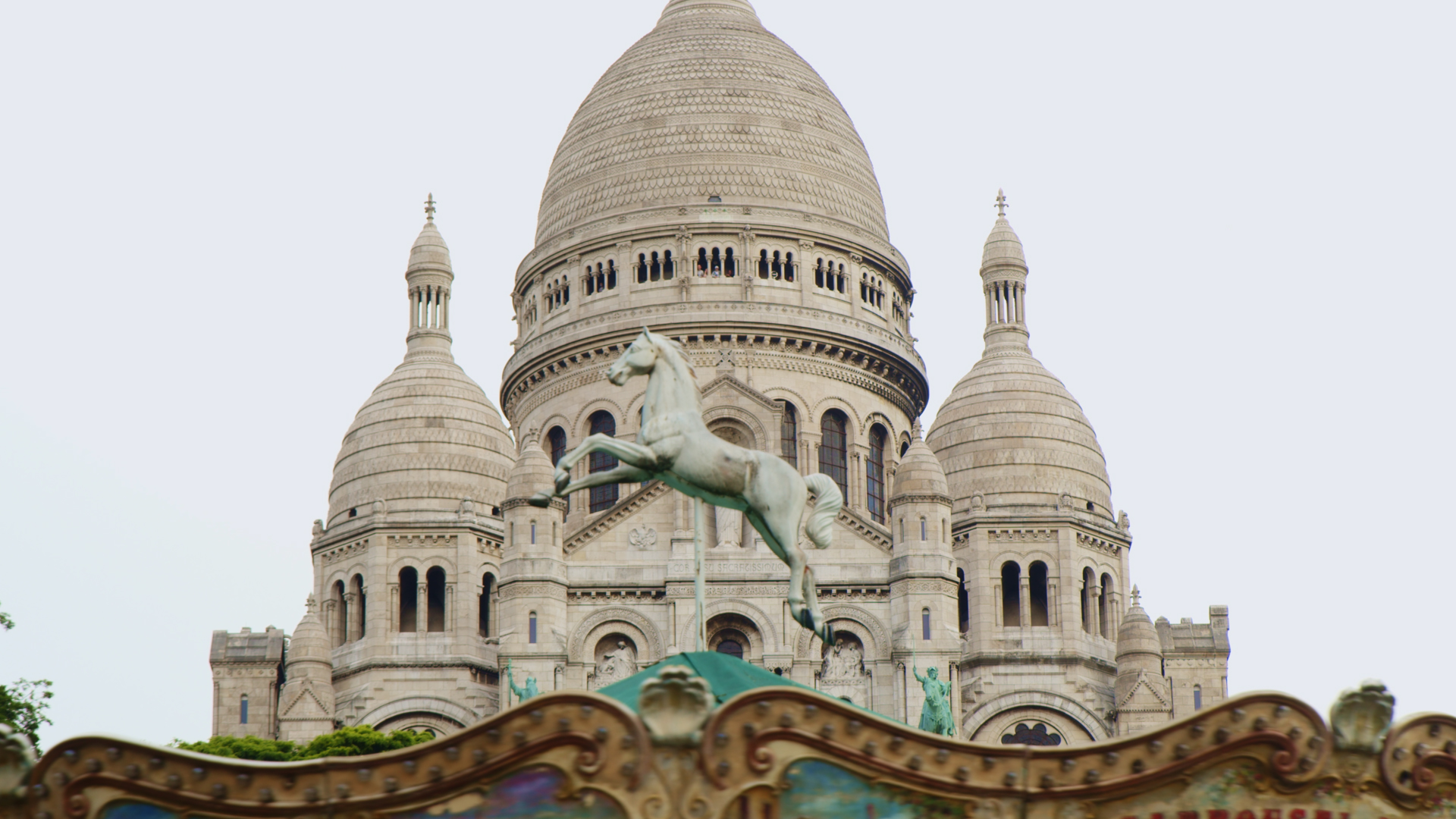
Paris, Montmartre, Frame by Formidabile Boccioni | © ARTE.it
Paris (and somewhat Picasso) was therefore a spark in Boccioni’s art. Why in 1912 just after Boccioni’s trip to Paris does it come to mind to devote himself to sculpture?
“The manifesto of futurist sculpture is written straight away after a trip to Paris. Boccioni visits numerous studios and also knows all the sculpture that was created in those years, such as that of Brancusi or Picasso himself. He was therefore aware that pictorial research was also heading towards different plastic researches. This stimulates him towards the research and application of what are the theories of speed, the idea of representing dynamism also through sculpture ”.
For example, what is a work in which elements appear that Boccioni will later transport into sculpture?
Matter is a painting that – compared for example to Brawl in the gallery or Modern idol – has a more volumetric, more plastic construction. The figure of the great mother is clearly inspired by the figure of Boccioni’s mother, a mythologized, ideal, very vertical figure. The strength that is impressed in the painting is precisely in the intersection of the diagonals, in the gnarled hands that release strength. Within this painting we find elements that Boccioni will then transport into the sculpture, elements that are part of an external reality with respect to the human figure, such as the balcony, the horse running in the distance. These elements will be transported into the sculpture trying to create a polymeric plastic whole that gives the idea of a synthesis between the figure and its environment ”.
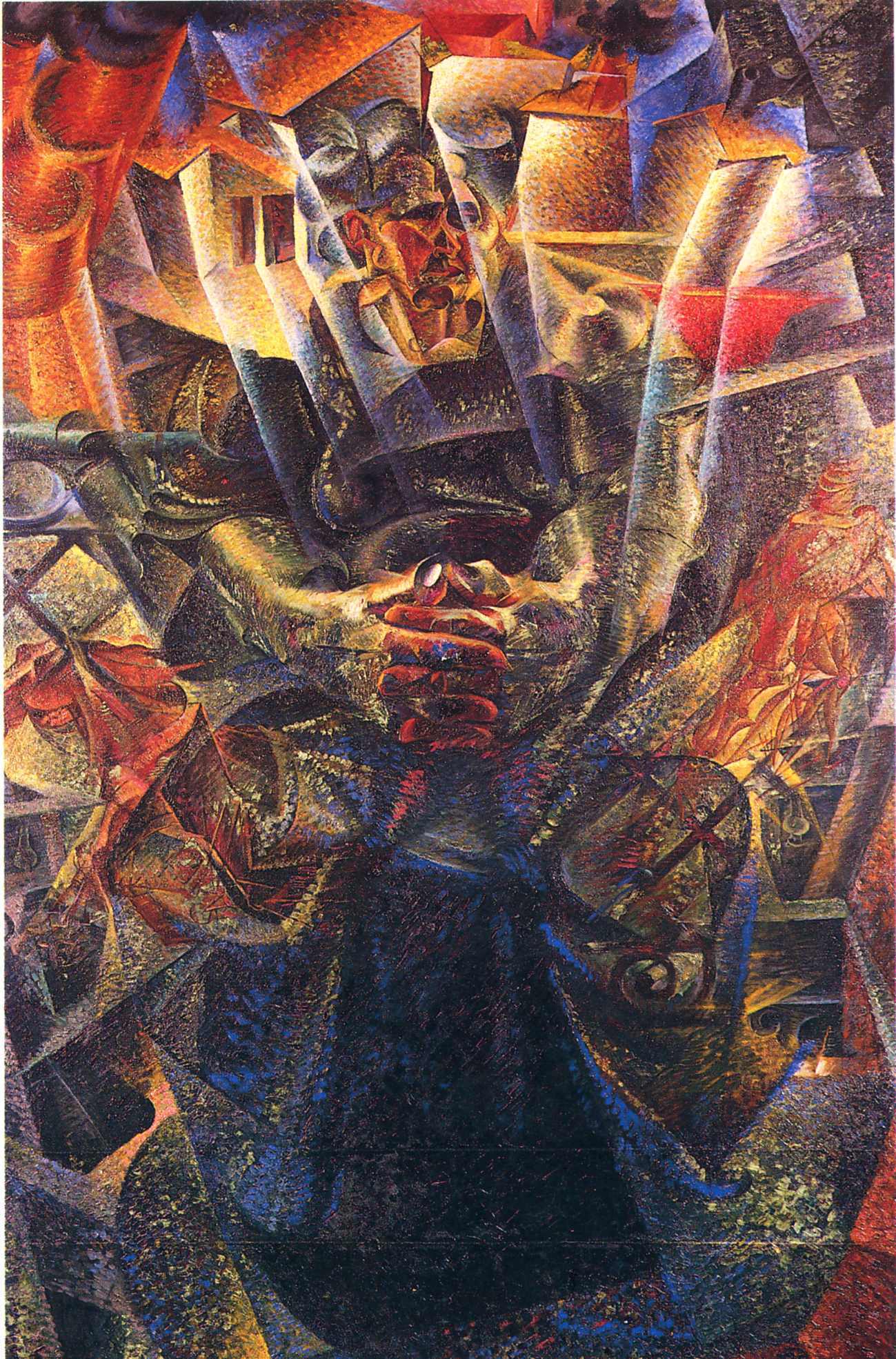
Umberto Boccioni, Materia, 1912. Oil on canvas, 226 x 150 cm. Gianni Mattioli Collection, Museo del Novecento, Milan
What happened to Boccioni’s sculptures after his death?
“It is great mystery. There are actually various versions. There are those who say that after the 1916 exhibition organized by Marinetti at Palazzo Cova these sculptures were left in a deposit and therefore destroyed due to bad weather. On the other hand, there are those who say that these sculptures were entrusted to the sculptor Pietro da Verona who, in an act of fury, probably almost wanting to nullify Boccioni’s work, would have destroyed them. Marco Bisi – the nephew who had been adopted by Boccioni’s sister – would have recovered one of the sculptures, Bottle in space ”.
Why in your opinion is Boccioni more famous as a sculptor than as a painter although his sculptures have been destroyed?
Unique forms of continuity in space it is a sculpture that proposes a different dimension compared to traditional sculpture. While Cubist artists try to recreate that particularity of the assemblage of Cubist sculpture and painting, Boccioni seeks that dynamic attention of the masses through dynamic impulse. He tries to free himself from the physical dimension, but, at the same time, he seeks a connection with the external reality. And this is an extraordinary novelty both from a stylistic and aesthetic point of view ”.
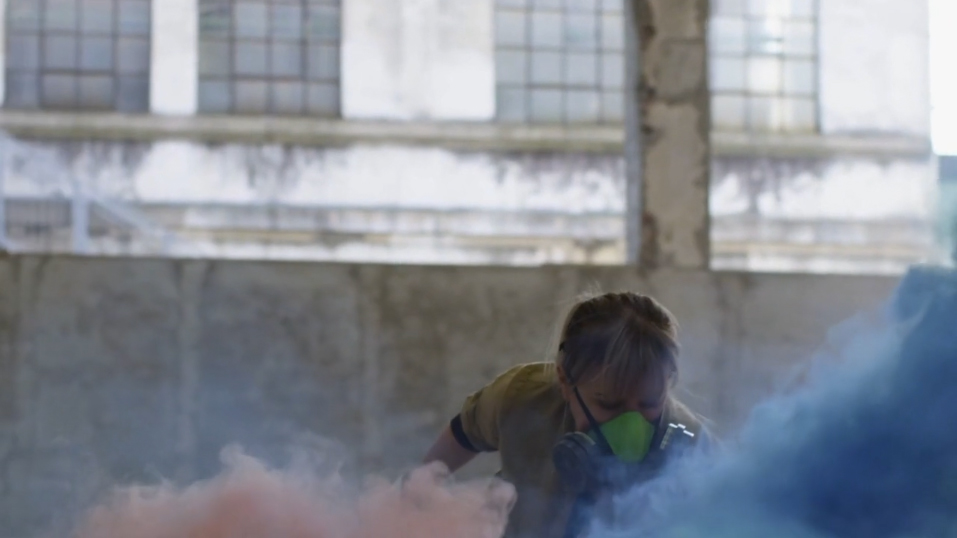
What remains of Boccioni today?
“Its extraordinary vitality remains, the idea of an architectural construction of the masses that we also find for example in contemporary architecture, just think of Frank Gehry, the idea of going beyond physical reality. There is this probing into space, that breaking through the reality of the canvas that we find in Fontana’s work. There is the dimension of a randomness of painting that we find in the research of contemporary artists such as Olafur Eliasson. The one left by Boccioni is an extraordinary sign, of a research that goes beyond the physical phenomena of reality while starting from those elements “.
![]() Read also:
Read also:
• Traveling with Boccioni, the masterpieces to be admired in the world
• The Mattioli Collection at the Museo del Novecento: the story of the protagonists
• Boccioni’s works to see in Italy

